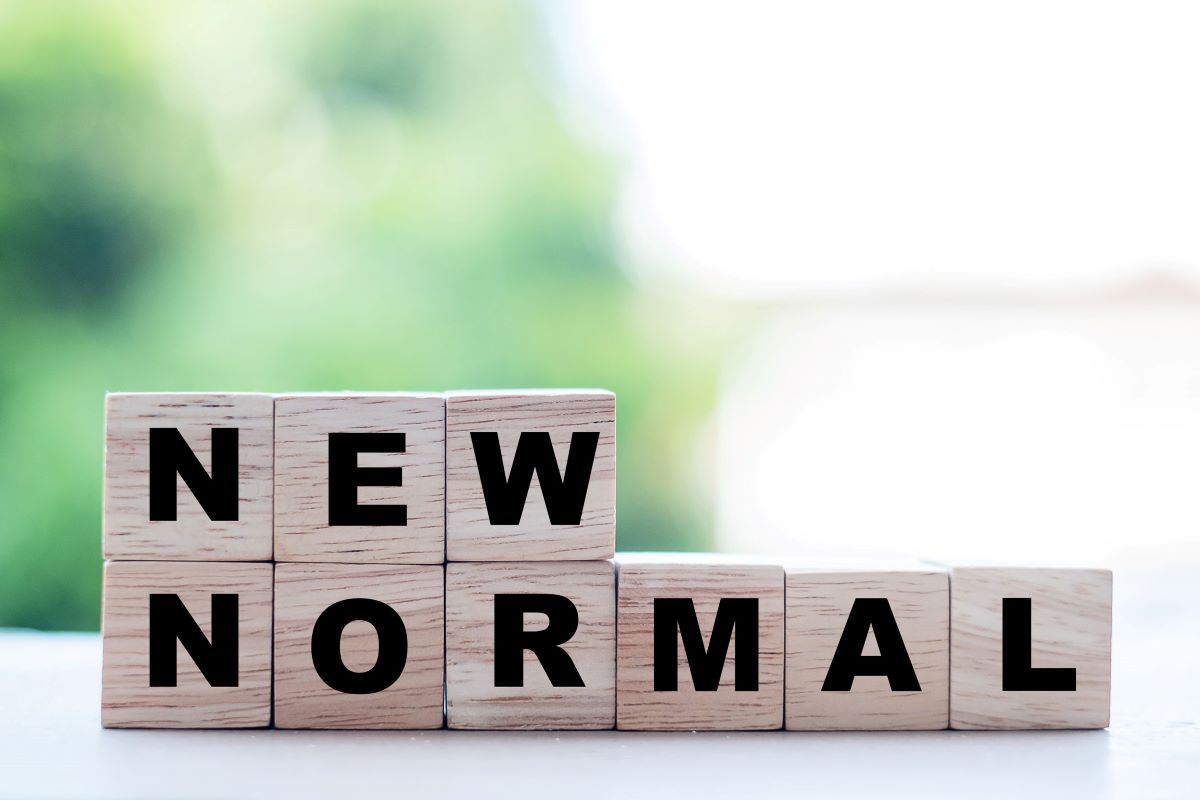3 post-pandemic consumer behavior shifts to monitor and anticipate
Make sure your messaging and marketing tactics match your audiences’ expectations in a profoundly changed business environment.

During the second summer of the pandemic, there’s reason to feel hopeful. Vaccines are rolling out, and signs point to pent-up consumer demand. But a lot of unknowns remain.
By the time schools reopen, economic activity will likely be in full swing, and the longer-term implications of newly learned pandemic habits and behaviors will become clearer. As we transition to that point, brands must decipher clues to evolving consumer behavior and watch for three real-time signals to anticipate shifts.
Signal 1: Convenience tied to value.
While the pandemic accelerated consumers’ desire for convenience through necessity, the unanswered question is: Are consumers willing to continue to pay for it? Will the price of at-home convenience trump experiential events?
What to watch:
Adoption curves and the number of users on delivery apps. Are new users still being added, and has the user base declined?
In-app purchase reviews and engagement. During the pandemic, consumers were more forgiving of a poor user experience. To see how much consumers return to pre-pandemic expectations and to in-person experiences, monitor app reviews and engagement.
Signal 2: Virtual trial.
The pandemic’s stay-at-home directives opened up new worlds of communication (e.g., commonplace video calls), entertainment (via sites like TikTok), and virtual reality try-ons, to drive trial without in-person impulse buys or in-store sampling.
While VR try-ons have become more prevalent, will the option of returning to in-person shopping shift the equilibrium back?
What to watch:
Look at product demonstrations from influencers on social platforms and their comments/engagement and in-store traffic/comps. While livestream demonstrations continue to pick up steam, will their reach grow, or will consumers prefer in-store interaction?
Signal 3: Purpose.
Brand purpose substantially grew in value in the past year, with social isolation and cultural events reinforcing the importance that consumers align their spending with their conscience.
The public’s continued focus on sustainability, last summer’s Black Lives Matter protests and recent backlash against voting laws have reinforced the idea that brands need to react to what’s happening.
What to watch:
Mine social media reactions to brand action or inaction. Today, social listening is even more imperative, since controversy looms over not taking a stand on a given issue. Brands must take action with a measure of sincerity, be cautious of the echo chamber that is social media, and differentiate between what are a few qualitative voices versus a larger quantitative read.
How to gauge these signals
Knowing these signals is only half the battle. Brands must go beyond sentiment analysis, using AI-powered analytics to decipher actions that fuel growth.
Even after things slowly “return to normal,” the new ways consumers will share feedback will remain, and new ones will emerge. Brands that are adept at adapting how they turn this feedback into action faster will be the ones that gain a competitive advantage.
Mark Jeffreys is CEO of 4Sight. Read more of his work on MediaPost.






